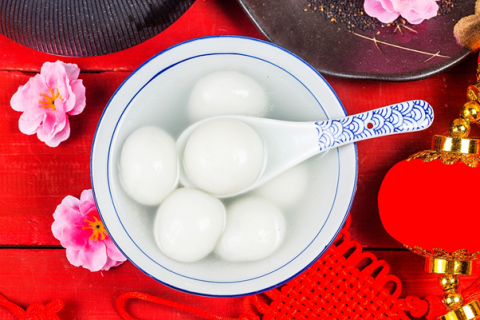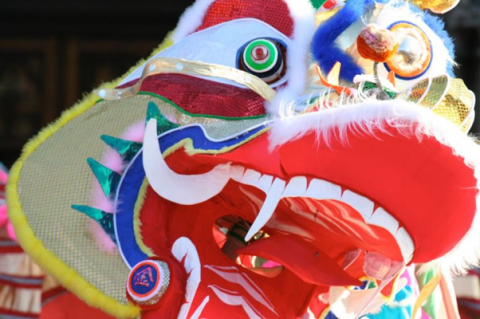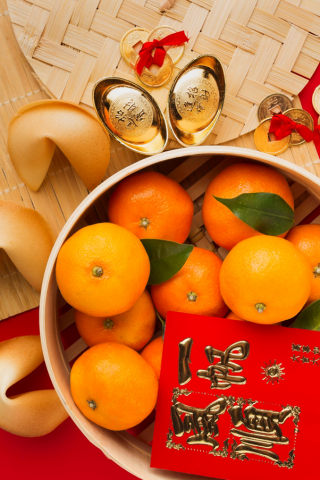Spring Festival in China and local customs in Hainan
Spring Festival, also known as the Lunar New Year and even more commonly known as Chinese New Year is a time for celebration across China and it is the largest holiday of the year.
During Spring Festival, the whole country holds a variety of activities to celebrate the New Year. It’s also one of the largest migrations of people on the planet, with many Chinese travelling across the country to be reunited with their families.
When is Chinese New Year
In ancient times, people started to prepare for New Year from December 23 or 24 on the Lunar calendar, and the New Year holiday would end 3 weeks later on January 19.
Nowadays, Spring Festival is celebrated from January 1 to January 15 on the Lunar calendar.
Chinese New Year 2022 falls on Tuesday, February 1st, beginning the Year of the Tiger. China’s public holiday will be January 31st – February 06th.

Last year 2021 was the year of the Ox which is the second animal on the Zodiac cycle. In order, they’re the Rat, Ox, Tiger, Rabbit, Dragon, Snake, Horse, Goat (or Sheep), Monkey, Rooster, Dog, and Pig and each animal is associated with personality traits.
Traditional activities and customs
During Spring Festival, various kinds of traditional activities take place and many regions across China will have differences in the way they celebrate.
During the festival many families will visit temples to send blessings to their ancestors.
Commonly known China-wide customs to take place during this time would be, visiting family for a reunion dinner, giving red envelopes (hongbao), gifting lucky fruits, wearing new clothes, hanging red banners, setting off fireworks, dragon & lion dances and lighting lanterns.
Spring Festival Gala
Another popular activity is watching the spring festival gala on TV. It’s a variety show, often featuring music, dance, comedy, and drama performances.
It is broadcast annually on the eve of Chinese New Year on flagship CCTV-1 and internationally through the China Global Television Network.

In 2018 the Spring Festival Gala had an audience of one billion viewers and has also made an appearance in the Guinness World Records as the most-watched television programme.
Giving Red Envelopes
Giving red envelopes (Hongbao 红包) is a common practice over Spring Festival time. The packets are usually stuffed with money and are given out by grandparents and married couples to young children or unmarried relatives.
Nowadays people will send an E-Hongbao through the messaging APP ‘Wechat’. Sending of these traditional packets online has become increasingly popular in recent years. According to Statista 688 million were sent and received in 2018 and 823 million in 2019.

The colour red stands for good fortune and prosperity for the New Year and it is said to ward off evil spirits.
Generally crisp notes fresh from the cash machine and given in red envelopes and there are no set guidelines as to how much to put inside although some numbers are lucky and some can even mean death!
Giving any number that is a multiple of the number eight is always good in China as eight is considered a lucky number. The number four is a no go, as in Chinese “si“(四) which means four using different tones can also mean death (死). Some people believe that it is also bad luck to live on the 4th floor of an apartment building.
When giving and receiving a red envelope it is best to do so holding the packet with both hands. It is also considered bad style to open the envelope straight away. Best wait until you get home!
Lantern Festival
Lantern Festival marks the final day of the Chinese New Year Celebrations. It is the day when people go out and light paper lanterns sending them into the night sky with their good wishes and blessings for the New Year.

People also eat a glutinous rice ball snack called Tang yuan on Lantern Festival. It’s a small ball which usually contains red bean paste, sesame paste or peanut butter.
Chinese people believe that the round shape of the balls symbolize family togetherness and eating this glutinous snack will bring families harmony, happiness and luck in the New Year.
This year Lantern Festival lands on February 15, 2022 and the celebrations usually take place in public parks across Hainan.

Dragon and lion dances
Dragon and lion dances are also common during Spring Festival. It is believed that the loud beats of the drum and deafening sounds of the cymbals together with the face of the dragon or lion dancing aggressively can ward off evil spirits.
Lions usually come across as playful, curious creatures with a penchant for mischief, whereas dragons are quick, powerful and flowing.
Lion and dragon dances are generally performed at festivals to bring good luck and chase off evil spirits. The lion is said to bring prosperity, wisdom and good luck for the upcoming year.
Lions will have two performers inside a costume and dragons require many performers to manipulate the bodies, usually held up by poles. Odd numbers are considered auspicious in China so look for dragons with 9, 11, 13 or 15 performers.

Lions usually come across as playful, curious creatures
Local Hainan customs
There are many differences between provinces and cities, each has its own regional characteristics.
Brush away the dust
In Hainan, there are many different customs. In Qionghai, on December 23 and 24 of the Lunar calendar, it is “Sweeping the Dust” day, which means “clearing away the old and ushering in the new”.
Out with the old
Every family in the villages and towns would take a few old things outside to set them on fire, which is called “Sending away the poor”, send away the old things in return for good luck in the New Year.
Rice Candy
A popular holiday activity in Wenchang and some places would be to make rice candy or peanut candy for the whole festival month, not just to eat at home but also to give away as gifts.
Don’t visit family on the first day
In some places across the island, people like to pay a visit to their family and friends on the first or second day of the festival, but there are other areas that say it its bad luck to visit others on the first day.
Chicken & Fish
In Hainan, locals will also steam fish on New Year’s Eve. Although the fish isn’t eaten, it is stored for a few days as an offering to their ancestors.
Hainanese people will also cook and eat the biggest chicken they can find. This is to celebrate last year’s harvest and to let their ancestors know next year’s will be greater.
Lucky fruits
Oranges are a popular symbol of good luck. Oranges are also a bright, vibrant colour that's associated with good fortune.
When visiting family or friends, people will generally bring oranges or tangerines when they pay a visit. The words for tangerine and orange in Chinese are similar to the words for luck and success hence the fruits would bring luck.

